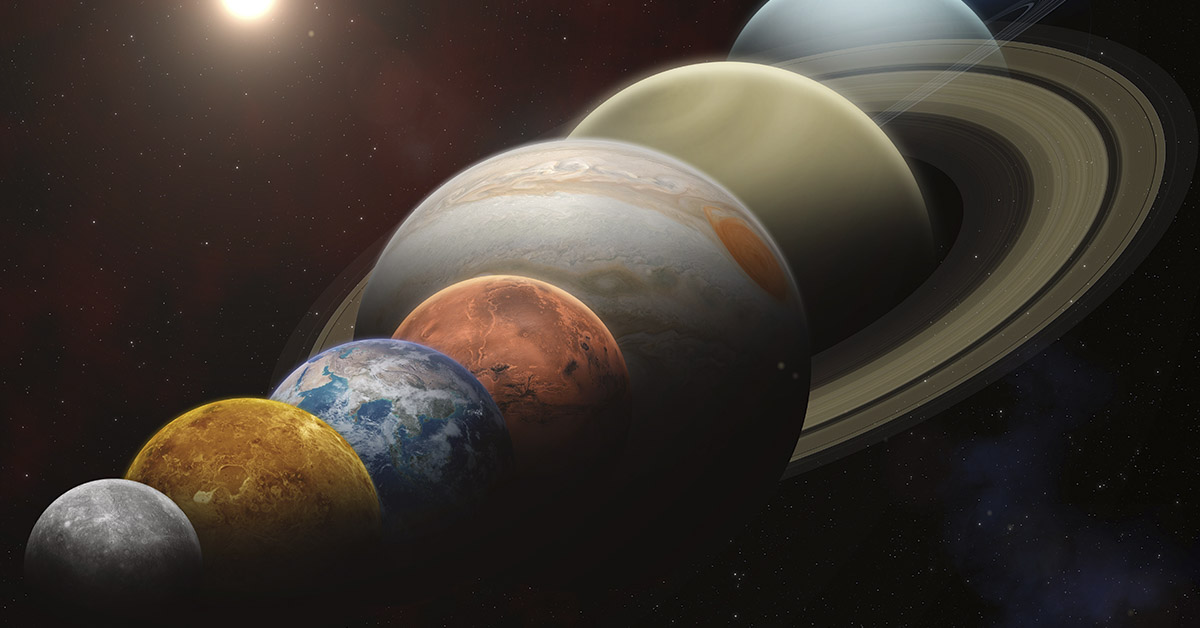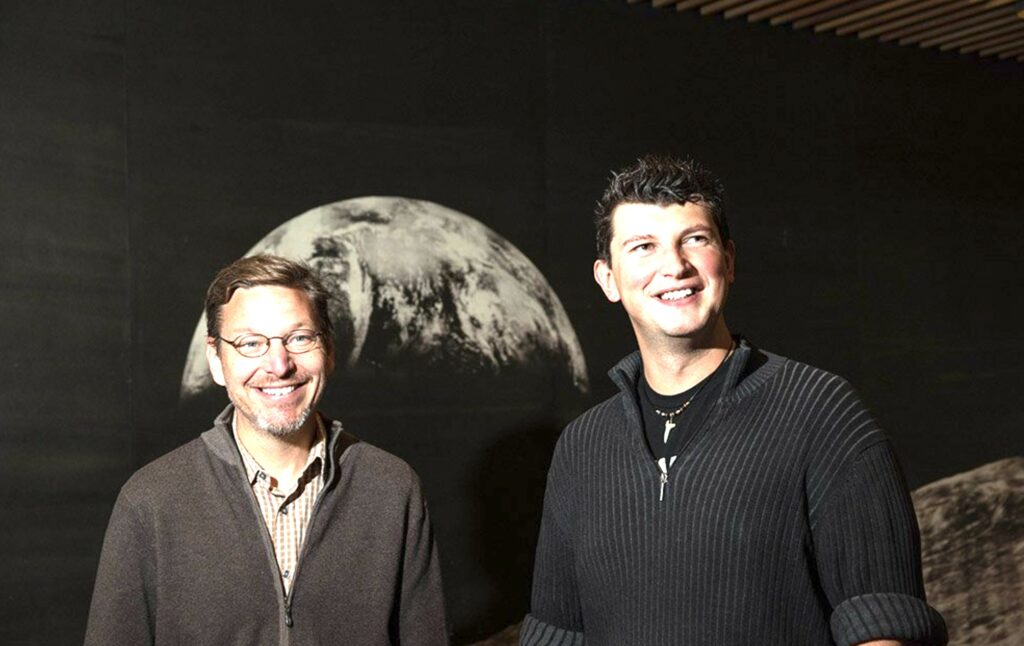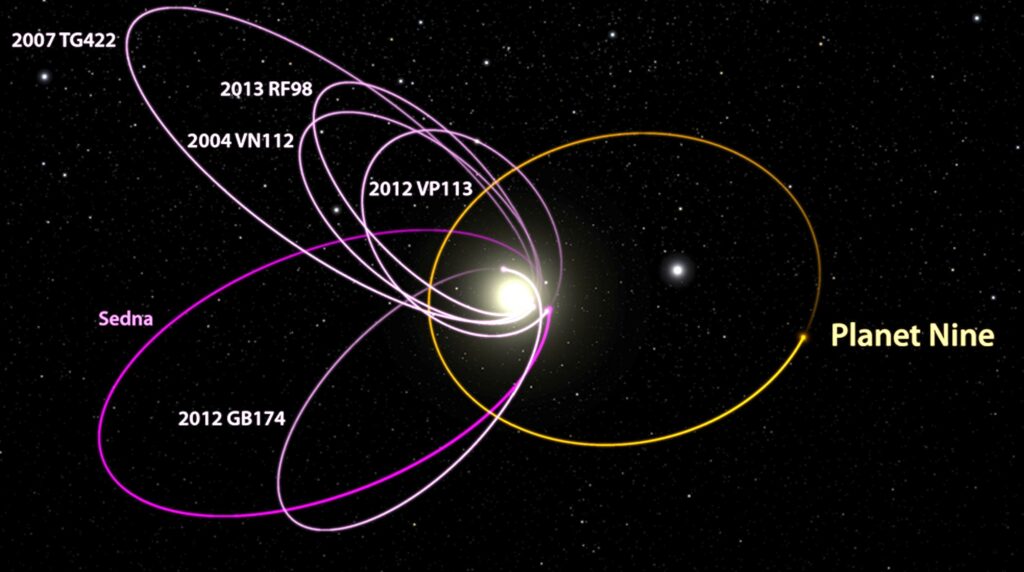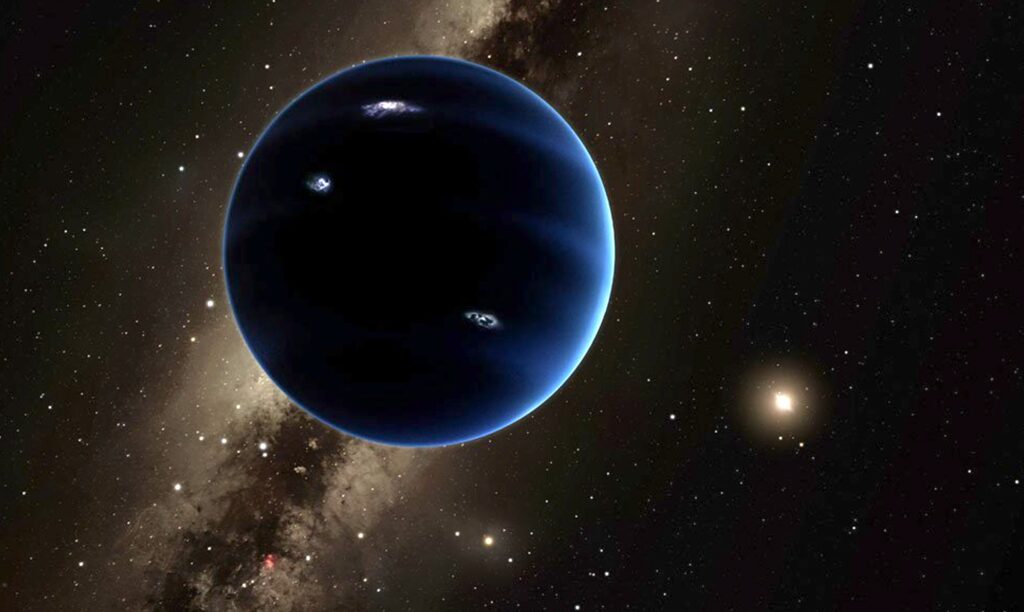For decades, our solar system was thought to have nine planets, with Pluto considered the smallest and farthest. But in 2006, Pluto was officially reclassified as a dwarf planet by the International Astronomical Union. Since then, we’ve become used to saying there are eight planets. Now, however, some scientists believe there could actually be a true ninth planet out there. This mysterious world, nicknamed Planet Nine, may be hiding far beyond Neptune. It has not been directly seen, but it might be influencing the movements of icy objects on the edge of our solar system. The evidence is growing, and many are wondering if we are on the verge of a major discovery. Could Planet Nine really exist? Here is what we know so far.
How the Planet Nine Theory Got Started
In 2016, astronomers Konstantin Batygin and Michael E. Brown from Caltech were studying a group of distant space objects called extreme trans-Neptunian objects, or ETNOs. These are icy bodies that orbit the Sun well beyond Neptune and Pluto. What caught their attention was that several of these objects had very similar orbital paths. Instead of being randomly scattered, their orbits were strangely aligned in space. This kind of grouping seemed highly unlikely to occur by chance.
Batygin and Brown looked at several possible explanations. Could the gravitational influence of known planets cause the pattern? Could the Sun’s gravity or the distant tug of passing stars explain it? After ruling out other possibilities, they proposed a bold idea. A massive, unseen planet could be lurking far beyond Neptune, tugging on these icy objects with its gravity and shaping their orbits in a consistent way.
This was not Brown’s first time shaking up the astronomy world. He played a leading role in the discovery of several distant dwarf planets, which led to Pluto losing its planet status. Now he was suggesting that there could be a real ninth planet, one much larger and more influential than Pluto ever was.
What Kind of Planet Are We Talking About?
If Planet Nine exists, it would likely be a gas or ice giant, not a rocky world like Earth or Mars. Based on gravitational models, scientists estimate it could be between five and ten times the mass of Earth. That would make it similar in size to Uranus or Neptune. It would be too small to be a star but large enough to have a major influence on objects around it.
Its orbit would also be incredibly long and stretched out. While Earth takes one year to orbit the Sun, and Neptune takes 165 years, Planet Nine might take between 10,000 and 20,000 years to complete a single trip around the Sun. That would place it in the outermost reaches of our solar system, far beyond what we normally explore.
Because of its extreme distance, Planet Nine would be extremely cold and would reflect very little sunlight. It would likely be faint and hard to spot, even with powerful telescopes. Detecting it would require scanning the skies carefully and patiently, especially since it would be moving slowly against the background of stars.
Where Could It Be?
Astronomers estimate that Planet Nine could be orbiting anywhere between 400 and 800 astronomical units (AU) from the Sun. One AU is the average distance between the Earth and the Sun. For comparison, Neptune is about 30 AU away. That means Planet Nine could be more than 13 times farther away than Neptune.
If it is really out there, it might be located in a region of the sky that is hard to study. The area it could be hiding in is huge. Because it would be faint and moving slowly, pinpointing it is like finding a cosmic needle in a haystack. However, telescopes such as Subaru in Hawaii are being used to scan likely locations. Scientists are using computer simulations to predict the best spots to look.
They are also looking in both visible and infrared light. Even if the planet does not reflect much sunlight, it might give off a small amount of heat that infrared telescopes could detect. So far, it has not shown up in any survey, but astronomers continue to search.
Strange Behavior in the Kuiper Belt
The Kuiper Belt is a region beyond Neptune filled with icy bodies, dwarf planets, and other debris left over from the formation of the solar system. Some objects in this region have highly unusual orbits. Their paths are tilted, stretched, and oddly clustered. These are not random quirks. Gravity typically pulls objects into more regular paths, so something must be disturbing them.
This is where Planet Nine comes in. Batygin and Brown believe that the gravitational pull of a large, unseen planet could be causing these strange orbits. It would act like a shepherd, keeping the distant objects in line. This theory explains not just one or two anomalies, but several. That is why it has gained so much attention in the scientific community.
Other clues have also surfaced. Some researchers found that certain comets and asteroids also have orbits that could be influenced by a distant planet. There may even be a tilt in the entire solar system’s orbital plane that Planet Nine could explain.
Read More: Adrift in Space: New Rogue Planets Found Without Host Stars
Why Some Scientists Are Still Unsure
Not all astronomers are convinced that Planet Nine exists. One major reason for skepticism is that the evidence so far is indirect. We are inferring the planet’s existence based on the orbits of a small number of distant objects. Some scientists argue that this sample may be biased. If we have not fully mapped the outer solar system, our view may be incomplete.
Other experts suggest that the strange orbits could result from the combined influence of smaller, yet-undiscovered objects, or even the past movement of stars near our solar system. There is also a risk of confirmation bias. If researchers expect to see a pattern, they might unintentionally interpret the data in a way that supports the planet hypothesis.
That is why the search must be careful and methodical. Models are being tested. New objects are being discovered. Each new piece of data helps confirm or challenge the theory. While the case for Planet Nine is compelling, it is not yet conclusive.
What a Discovery Would Mean
If Planet Nine is eventually found, it would be one of the biggest astronomical discoveries in decades. It would officially restore the idea of a ninth planet in our solar system, though not in the form many people grew up with. Instead of a tiny, icy Pluto, Planet Nine would be a true giant lurking at the solar system’s edge.
Finding it would also reshape our understanding of how planetary systems form and evolve. One theory suggests that Planet Nine formed closer to the Sun and was pushed outward by interactions with Jupiter and Saturn. Another idea, which is more speculative, suggests that Planet Nine could have been a rogue planet that our Sun captured from another star system.
In either case, it would offer rare insight into the history and dynamics of our solar system. It would also raise questions about whether there might be other hidden objects out there, waiting to be discovered.
Could We Spot It Soon?
Right now, Planet Nine remains a theory. But new tools are being developed that could change that. The Vera C. Rubin Observatory, scheduled to begin full operations soon, will scan the night sky with unprecedented detail and frequency. It is designed to spot moving objects across a wide field of view, making it a powerful tool in the search.
Infrared telescopes, like the James Webb Space Telescope and others on Earth, could also help. Even though Planet Nine would be cold and dim, it might emit a small amount of heat that shows up in infrared images.
Every new observation narrows down the possibilities. If the planet exists, it may only be a matter of time before we find it.
Why the Search Still Matters
Even if Planet Nine turns out not to exist, the search itself is valuable. It is leading to the discovery of new objects in the outer solar system and pushing the limits of our observational technology. Scientists are learning more about how gravity works over long distances and how planets interact over billions of years.
The effort also reminds us how much we still do not know about our own solar system. While we have sent spacecraft to every planet from Mercury to Neptune, the far edges of our cosmic neighborhood remain largely unexplored. Planet Nine may be real or it may not be, but the mystery is driving science forward.
Final Thoughts
So, could our solar system really have a ninth planet? The clues are intriguing, but the mystery is not yet solved. Scientists are continuing to watch the skies, refine their models, and use new instruments to track down answers.
If Planet Nine exists, it would be a massive, icy world hiding in the darkness. It may take years to find, but the journey itself is full of discovery. Whether or not we spot it, this search helps us better understand our place in the universe.
Read More: Could This Be It? New Planetary Discovery Fuels Hopes for Extraterrestrial Life




